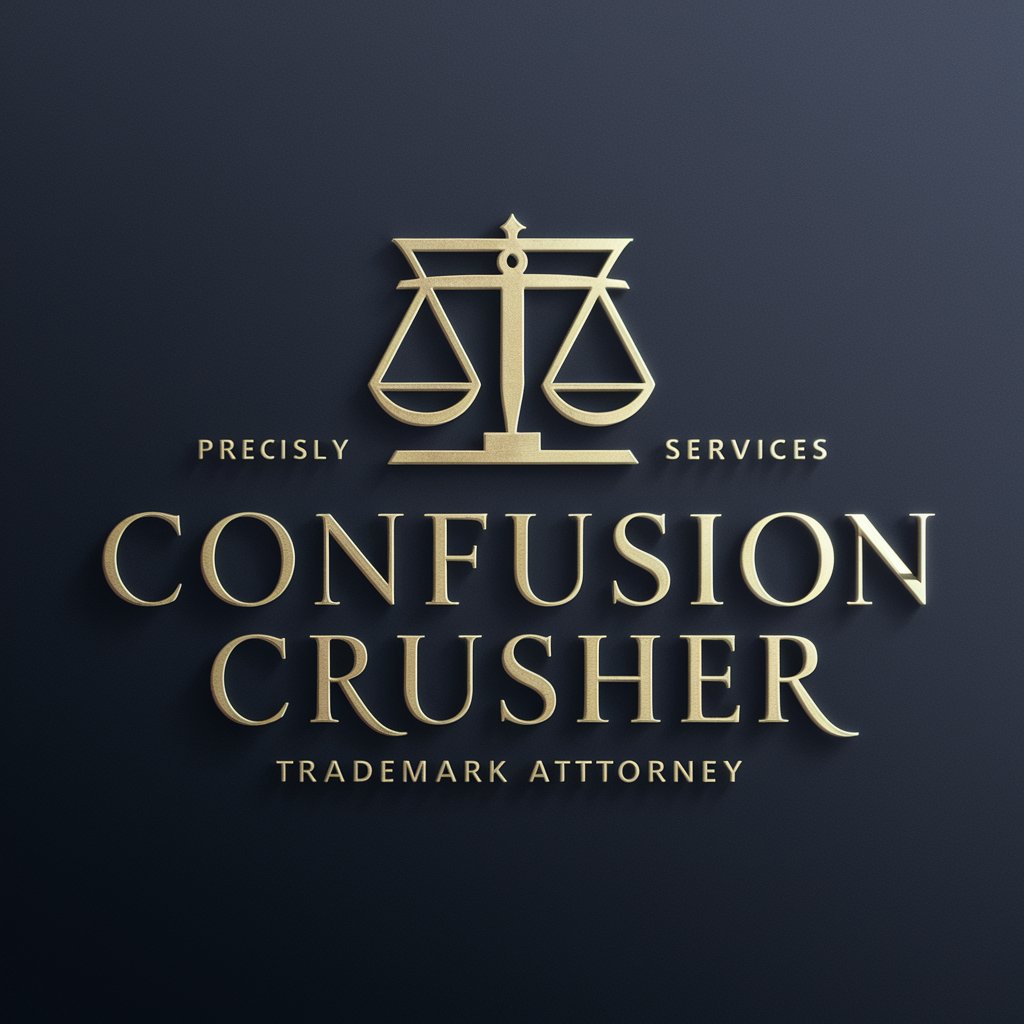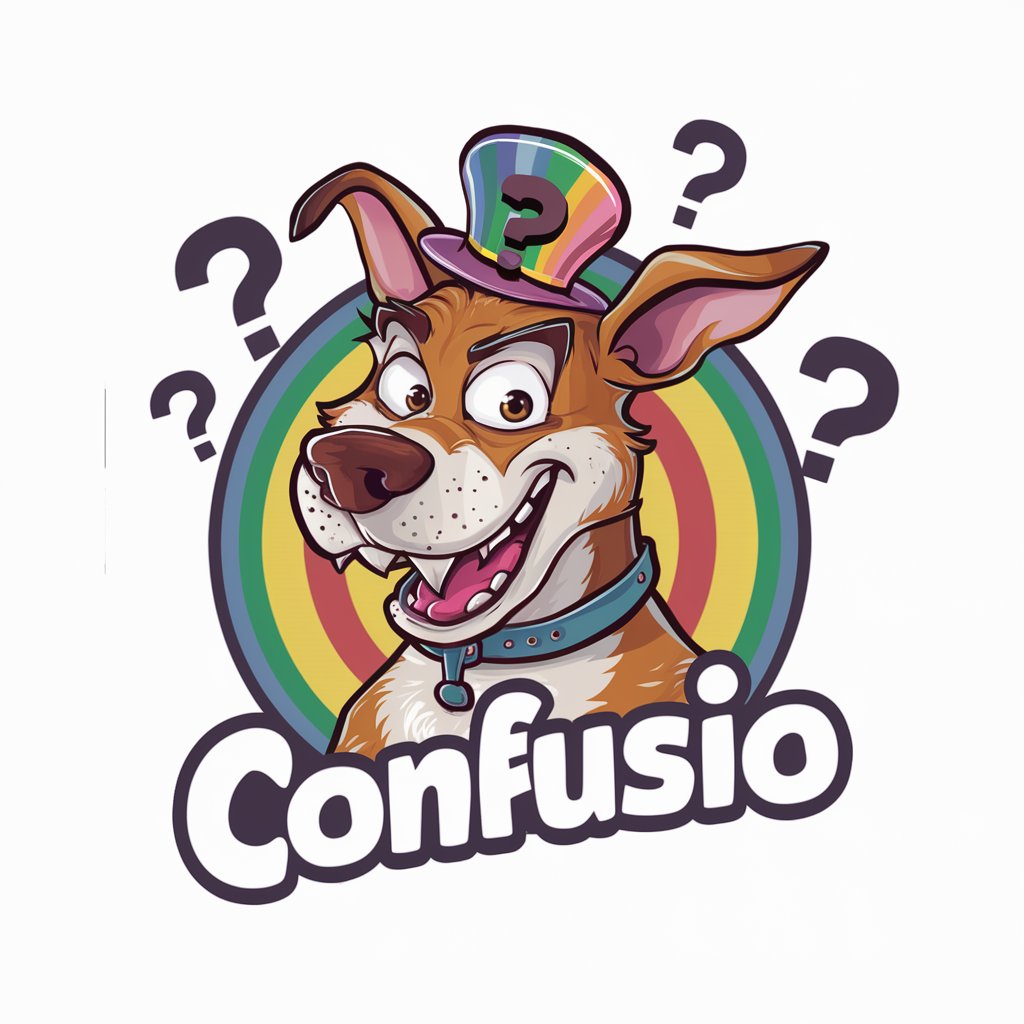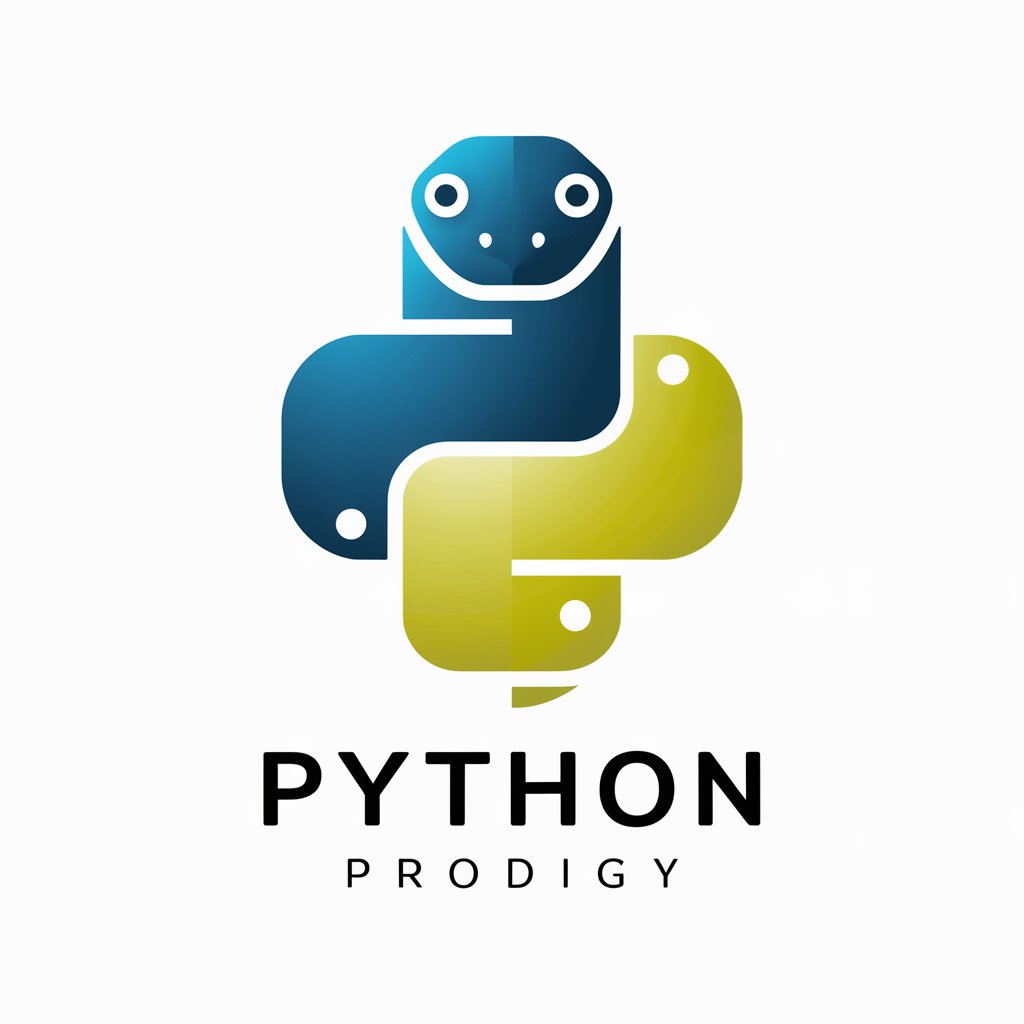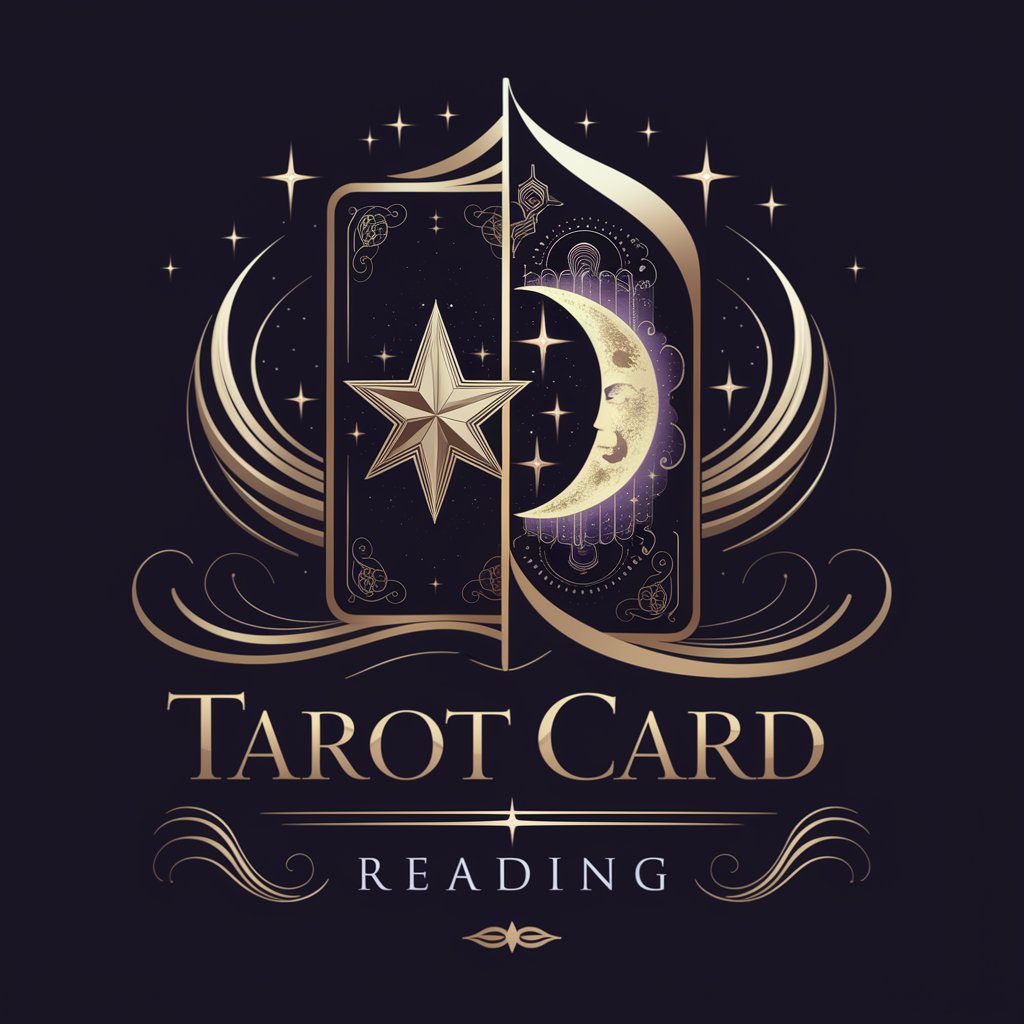Confusion Crusher - Trademark Dispute Assistant

Welcome to Confusion Crusher, your trademark clarity expert.
Crafting clarity in trademark disputes.
Analyze the likelihood of confusion between trademarks
Draft a response to the USPTO office action
Identify key arguments against the likelihood of confusion
Explain why there is no confusion between the trademarks compared
Get Embed Code
Introduction to Confusion Crusher
Confusion Crusher is designed as a specialized tool for trademark attorneys and legal professionals dealing with USPTO office actions related to trademarks. Its primary goal is to analyze and craft responses to office actions, specifically focusing on arguments against the likelihood of confusion between trademarks. Confusion Crusher employs logical argumentation, presenting clear, consistent reasoning to explain why the trademarks in question do not confuse consumers. For example, if the USPTO issues an office action arguing that a client's proposed trademark 'SkyHigh Footwear' is likely to be confused with an existing trademark 'Sky Footwear,' Confusion Crusher would dissect the examiner's reasoning and suggest arguments focusing on the differences in the trademarks' visual, phonetic, and conceptual aspects, emphasizing the unique elements of 'SkyHigh Footwear' that distinguish it from 'Sky Footwear.' Powered by ChatGPT-4o。

Main Functions of Confusion Crusher
Analysis of USPTO Office Actions
Example
Identifying and breaking down the specific reasons cited by the USPTO for the likelihood of confusion.
Scenario
When an office action claims that 'BriteSmile Dentistry' and 'Bright Smile Dental' are confusingly similar, Confusion Crusher would analyze the examiner's arguments, focusing on factors such as the distinctiveness of each mark, the similarity of goods or services, and the channels of trade.
Crafting Persuasive Responses
Example
Preparing responses that logically counter the USPTO's arguments, reinforcing the distinctions between the trademarks.
Scenario
In responding to the office action regarding 'BriteSmile Dentistry,' Confusion Crusher would construct a response emphasizing the visual and phonetic differences between the marks, the specificity of services offered by each entity, and any relevant consumer perception data.
Clarification Requests
Example
Seeking further information or clarification on ambiguous points in the office action.
Scenario
If the office action ambiguously addresses the comparison of goods or services, Confusion Crusher can suggest requesting specific clarifications from the examiner to better tailor the response.
Ideal Users of Confusion Crusher Services
Trademark Attorneys
Legal professionals specializing in trademark law who regularly interact with the USPTO on trademark applications and disputes. They benefit from Confusion Crusher's ability to analyze and respond to office actions, saving time and improving the quality of their submissions.
In-House Counsel at Corporations
In-house legal teams at companies that manage large portfolios of trademarks. These professionals would find Confusion Crusher invaluable for efficiently addressing office actions across multiple trademarks, ensuring the company's intellectual property remains protected without undue burden on their resources.
Legal Scholars and Students
Academics and students focusing on intellectual property law who seek to understand the nuances of trademark disputes and office action responses. Confusion Crusher offers them a practical tool to explore real-world applications of trademark law theories and principles.

How to Use Confusion Crusher
1
Initiate your journey by exploring yeschat.ai for a complimentary trial, accessible without the necessity for login or ChatGPT Plus subscription.
2
Provide a concise description of the office action received, focusing on the examiner's arguments regarding the likelihood of confusion between the trademarks.
3
Specify the trademarks involved, including any relevant details about the goods or services they are associated with.
4
Clarify your goal for the response, whether it's to argue against the likelihood of confusion, seek clarification on the office action, or both.
5
Utilize the feedback to refine your arguments, ensuring they are logically structured and tailored to address the specific concerns raised in the office action.
Try other advanced and practical GPTs
Confusio
Turn confusion into amusement!

Physics Tutor
Master Physics with AI

Tool-Gimme that in French!
Seamless French translations, AI-powered

Python Prodigy
Empowering Python development with AI.

Talent Scout
Streamline Your Hiring with AI Insight

Talent Scout
AI-powered Talent Discovery and Assessment

Character Profiler for Ongoing Stories
Crafting Characters, Enriching Stories with AI

Tarot Card Reading 塔羅牌占卜
AI-powered insights into your life's questions

Product Marketing & Positioning Expert
Crafting Your Market Edge with AI

ジャケット画像生成
Design jacket images effortlessly with AI.

ニュースで画像を生成するAI
Visualizing News with AI Precision

Informe Soporte Tecnico
Solving Tech Issues with AI

FAQs about Confusion Crusher
What makes Confusion Crusher distinct from other trademark tools?
Confusion Crusher uniquely specializes in constructing logical and persuasive arguments against the likelihood of confusion in USPTO office actions, focusing on clarity and effectiveness without relying on case law.
Can Confusion Crusher predict the outcome of my trademark dispute?
While Confusion Crusher excels in crafting compelling responses to office actions, it does not predict case outcomes but significantly enhances your arguments against the likelihood of confusion.
How can I ensure the best results when using Confusion Crusher?
For optimal results, provide detailed information about the office action and the trademarks in question, clearly state your objectives, and apply the generated arguments thoughtfully within your legal strategy.
Is legal expertise required to use Confusion Crusher effectively?
No, Confusion Crusher simplifies legal concepts related to trademark disputes, making it accessible to users with varying levels of legal knowledge. However, a basic understanding of trademark law can enhance your usage.
Can Confusion Crusher help with office actions related to issues other than the likelihood of confusion?
Confusion Crusher's primary focus is on addressing the likelihood of confusion in trademark disputes. It's tailored for crafting responses to this specific issue within office actions.
